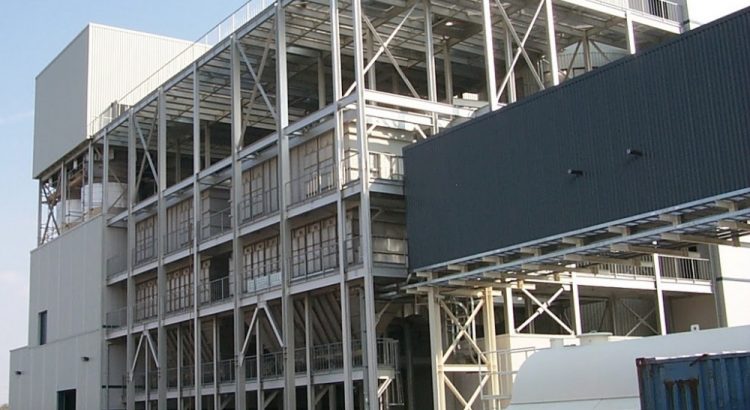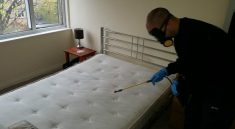The use of protective coatings allows businesses to create products that last longer and extend their life of their essential equipment. There are many applications that can benefit from an added layer of protection, resulting in a variety of products to accommodate a wide range of needs. Some of the features that set different protective coatings apart are the types of materials they are used on and the type of resistance they provide.
Choosing the Right Coating
It is important to choose the right type of coating for your particular application. Different coatings have features that make them more suited to indoors or outdoors or for use on metal or other materials. The types of protective coatings include:
- Barrier Coatings – As the name implies, these coatings are made to create a lasting barrier between the surface of the material and potential hazards like water, abrasion or chemicals. Epoxies are barrier coatings that are popular for use in residential and commercial applications alike.
- Penetrating Coatings – Go beyond the surface of the material and bond with the structure to create an impenetrable barrier.
- Galvanized – Used to coat ferrous metal by applying directly to the metal in order to prevent rust.
The types of materials and their uses call for different types of coatings in order to get the best results. There are also a number of things that can cause damage to the materials that the coatings are meant to protect them from. The user may also want to achieve a certain affect with the application. Reasons for the use of a coating include:
- Protection from moisture – This includes both indoor and outdoor applications. While surfaces exposed to the weather are at an even greater risk from weather, those indoors may be able to pull up ground water or may be exposed to water from activities that take place in the facility. A protective coating can prevent the moisture from being absorbed into the material where it can cause damage.
- Weather resistance – Freeze and thaw conditions, moisture and UV light from the sun are some of the ways that weather can affect the surface.
- Corrosion resistance – Exposure to oxygen and other conditions can cause ferrous metals to corrode.
Slip and fall resistance – Coating a slippery floor can add to the safety of the surface.
The Importance of Preparation
Too often, the important preparation steps are not given the time and attention that is needed. Since each application is unique, the preparation steps for your project might differ a great deal from someone else’s. For a concrete floor, roughing the surface, filling cracks and chips are part of the essential prep job. Any surface needs to be clean, dry and free of rust before the application of the coating is started.
Many types of protective coatings work by bonding or adhering to the surface being coated. If this fails to occur, the coating is likely to fail as well. Before the coating can be applied, surfaces need to be repaired, clean, and free from contaminants. The most effective coating will result when the surface is well-prepared before the application.



